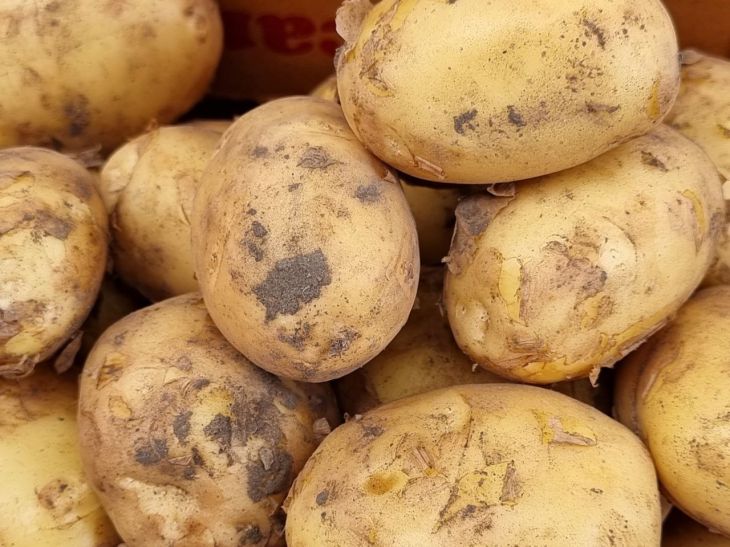Essential elements such as potassium, phosphorus and magnesium promote the development of the root system, improve flowering and fruiting.
The importance of these microelements cannot be underestimated, because they play a key role in the metabolic processes of plants.
Improving soil structure
In addition to nutrients, potato peelings help improve soil structure.
They decompose and turn into organic matter, which helps retain moisture and improve soil aeration.

Well-structured soil allows plant roots to receive the necessary amount of oxygen and moisture, which promotes their growth and health.
Pest and disease control
Potato peelings can act as a natural pesticide. Some gardeners find that using these peelings helps reduce the number of pests, such as aphids and nematodes, that can damage currants.
Biologically active substances contained in the cleaning products act as natural repellents, repelling harmful insects and suppressing the development of pathogenic microorganisms.
Methods of application
To effectively use potato peelings for currants, it is important to prepare and use them correctly.
The peelings can be used fresh or dried. Fresh peelings should be buried around the bush to a depth of about 5-10 cm to avoid attracting rodents and other pests.
The dried peelings can be pre-crushed and mixed with the soil.
It is important to remember that an excess of organic matter can lead to soil acidification, so it is necessary to observe moderation.
Economic benefit
Using potato peelings for currants not only improves the condition of the plants, but also saves money on the purchase of chemical fertilizers and pesticides.
This is especially relevant for those who strive for environmentally friendly farming and want to minimize their impact on the environment.
Using organic waste can reduce costs and make gardening more sustainable and eco-friendly.
Ecological aspect
Potato peelings, like other organic waste, can be considered part of a closed cycle in nature.
Recycling kitchen waste and using it in gardening helps reduce waste volumes and the burden on landfills.
This approach helps to conserve natural resources and promotes sustainable agriculture.
Practical advice
To achieve the best results, it is important to consider a few practical tips.
Firstly, you should avoid using potato peelings that have been treated with chemicals.
Secondly, you shouldn’t use too many cleanings at once – it’s better to add them gradually, monitoring the reaction of the plants.
Finally, it is important to combine the use of potato peelings with other organic farming methods to provide comprehensive nutrition and protection for plants.
Earlier we talked about how to feed onions and garlic at the beginning of summer .









